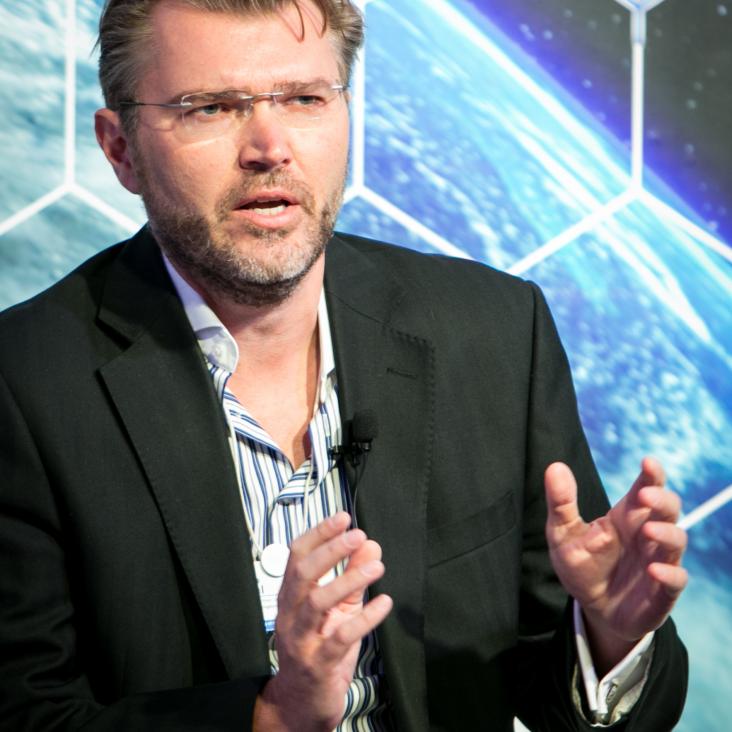Entanglement in a 1D Ising model
Optica Publishing Group (2001) pa16
Subsystem purity as an enforcer of entanglement (Phys. Rev. Lett. 87, art. no. 050401, 2001)
PHYSICAL REVIEW LETTERS 87:27 (2001) ARTN 279901
Communication capacity of quantum computation.
Phys Rev Lett 85:25 (2000) 5448-5451
Abstract:
By considering quantum computation as a communication process, we relate its efficiency to its classical communication capacity. This formalism allows us to derive lower bounds on the complexity of search algorithms in the most general context. It enables us to link the mixedness of a quantum computer to its efficiency and also allows us to derive the critical level of mixedness beyond which there is no quantum advantage in computation.Proposal for measurement of harmonic oscillator berry phase in ion traps.
Phys Rev Lett 85:24 (2000) 5018-5021
Abstract:
We propose a scheme for measuring the Berry phase in the vibrational degree of freedom of a trapped ion. Starting from the ion in a vibrational coherent state we show how to reverse the sign of the coherent state amplitude by using a purely geometric phase. This can then be detected through the internal degrees of freedom of the ion. Our method can be applied to preparation of entangled states of the ion and the vibrational mode.Local distinguishability of multipartite orthogonal quantum states.
Phys Rev Lett 85:23 (2000) 4972-4975


